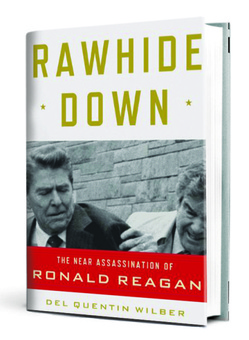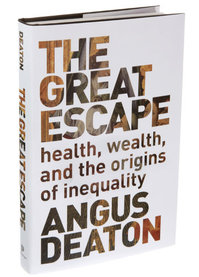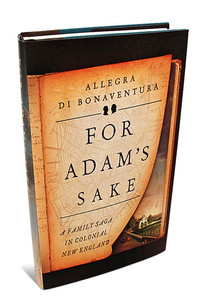Source of book image: http://www.dispatch.com/live/export-content/sites/dispatch/life/stories/2011/03/28/2-book-rawhide-art-ga9c3l3q-1rawhide-down-large.jpg
(p. C7) It has been nearly 30 years since President Ronald Reagan was shot outside the Washington Hilton Hotel on March 30, 1981. The attack is well remembered, but the details are not. One reason for the memory lapse, according to Del Quentin Wilber, the author of “Rawhide Down,” a newly revealing account of this potentially deadly attack, is that Reagan survived it so smoothly. Twelve days after being fired upon, he was back at the White House looking sensational. He ultimately enhanced his popularity by rebounding with such courage, resilience and even good cheer.
. . .
“Rawhide Down” is a fast-paced book that captures many points of view. Nurses and medical technicians have especially candid memories of the pressure they faced, the uncertainty about how to deal with such an important patient and the ad-hoc solutions they devised. They decided to call him Mr. Reagan rather than Mr. President; the situation would be less frightening that way. They were amazed by his joking, his courtesy and his general lack of V.I.P. attitude.
They were also impressed by his bravery. Throughout the incident the president had no clear idea of what had happened to him or what to expect. He struggled to breathe, brightened at any mention of the first lady and was canny enough to take his cues from technicians, who would be candid with him about what the doctors really meant. As he got ready to undergo chest surgery, one worker assured him that being taken from the E.R. to the operating room was a good thing. If he were really in peril, she said, doctors would never allow him to be moved.
For the full review, see:
JANET MASLIN. “Books of The Times; Reconstructing the Day Reagan Fell: Chaos After a President’s Shooting.” The New York Times (Thurs., March 10, 2011): C7.
(Note: ellipsis added.)
(Note: the online version of the review is dated March 9, 2011.)
The book under review is:
Wilber, Del Quentin. Rawhide Down: The Near Assassination of Ronald Reagan. New York: Henry Holt & Company, 2011.








